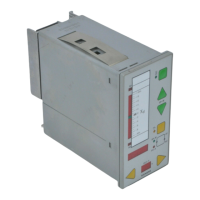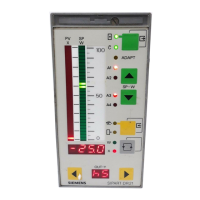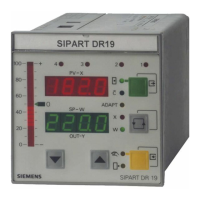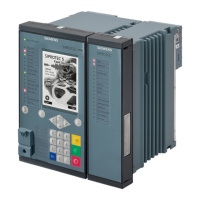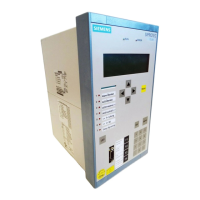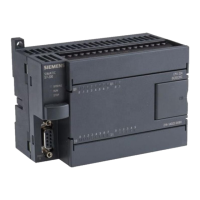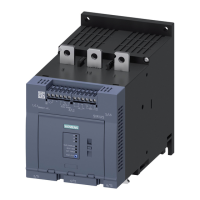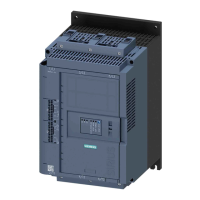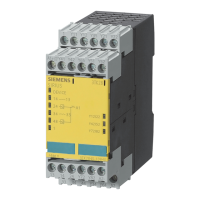Manual
1 Technical Description
1.5 Functional Description
1.5.1 Basic Structure
SIP ART DR24 6DR2410
C79000-G7476-C153-03
21
1.5 Functional Description
1.5.1 Basic Structure
The SIPART DR24 is a freely programmable regulation, arithmetic and control unit. It consists
of the input section, the functional section and the output section. The functional structure is
illustrated in figure 1--5, page 22. The table on page 23 gives an overview of the functions which
canbeused.
The input section contains the input functions for the 11 analog inputs, the 14 digital inputs, the
7 keys and the input part of the serial interface. (Not all analog and digital inputs can be used at
thesametime!)
In configuring mode hdEF the function of the slots 5 and 6 and thus the number of BE, BA, AA
and AE functions are defined. The input functions convert the process signals (analog and digi-
tal inputs) and the manual inputs (keys) into freely connectable data sources.
The output section contains the output functions for the 9 analog outputs, the 16 digital outputs,
the 5 displays, the 13 LEDs and the output part of the serial interface.
The output functions convert the freely connectable data sinks into process signals (analog and
digital outputs) and visual outputs (displays, LEDs).
The function section is between the input and output sections. It contains 109 arithmetic blocks,
in which 32 basic functions can be freely selected and 59 complex functions which can be used
with varying frequency. In addition adjustable parameters and a number of constants and fault
messages are available for free connection. The freely connectable parameters can be used for
the standard functions which have no parameters of their own whereas the complex functions
and some of the input and output functions have private (permanently assigned) parameters.
The basic functions have a standardized input/output format, i.e. they have a maximum 3 data
sinks (inputs) and 1 data source (output).
The complex functions and the input and output functions have different input/output formats,
i.e. the number of data sinks and sources depends on the function depth.
The parameters, constants and fault messages are data sources.
By configuring on the front module, the necessary functions are selected and defined (configur-
ing mode FdEF and hdEF), wired (configuring mode FCon) and timed in the processing (config-
uring mode FPoS).
Wiring is absolutely free, i.e. any data source can be connected with any data sink. The operat-
ing effort is minimized by fading out the data sources and sinks of undefined function blocks
and assigning digital data sinks to digital data sources or analog data sinks to analog data
sources. In addition the data sinks not absolutely necessary for a function can be defaulted with
constants (example: the 3rd input of an adder is defaulted with 0.000).
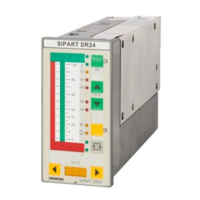
